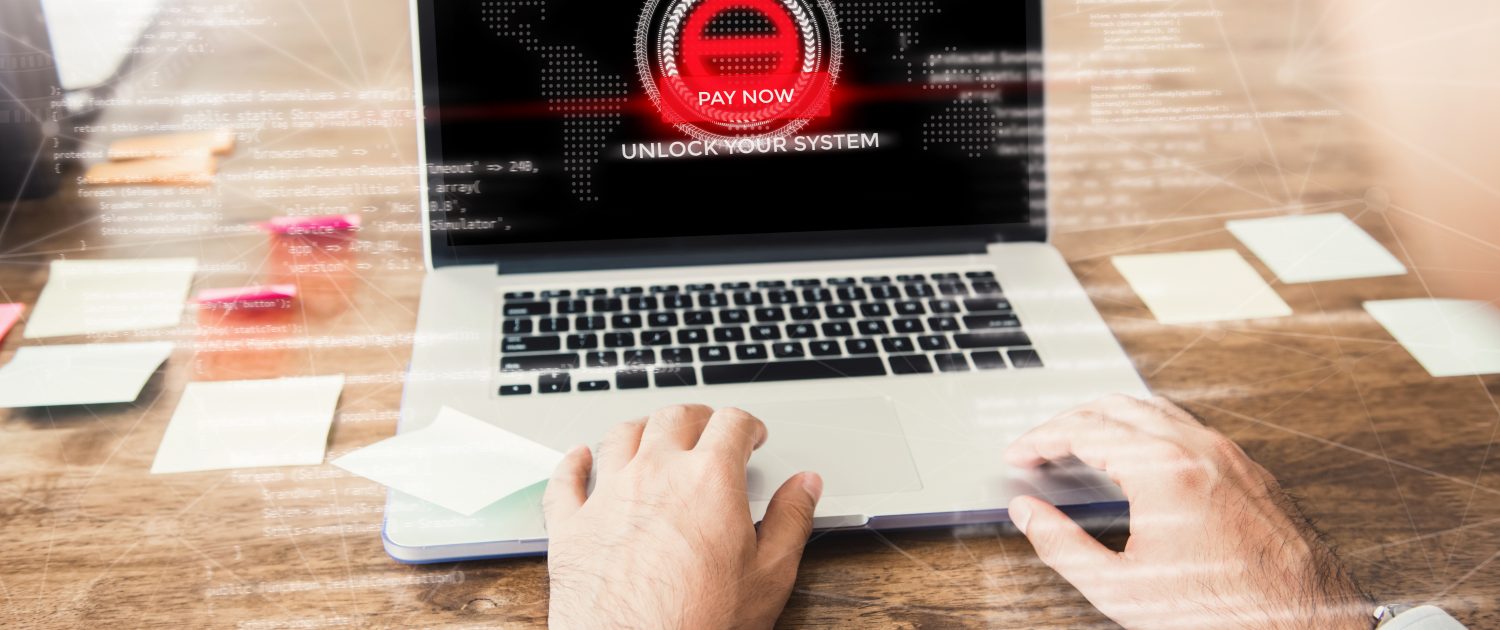
Work from home during coromavirus pandemic. Woman stays home talking on phone. Workspace of freelancer. Office interior with computer
How is COVID-19 creating a pandemic cyberattack?
The popularity of remote “telecommuting” during the COVID-19 pandemic creates new opportunities for cybercriminals to exploit vulnerabilities using new techniques. Increased Phishing links tied to the pandemic are finding an audience due to the fears surrounding the virus. Malicious domains harvesting personally identifiable information (PII) are also increasing on line and impacting large numbers of people.
The World Health Organization recently reported a five-fold rise in cyberattacks, since the pandemic started to accelerate one year ago. The timing isn’t coincidental. Hackers immediately adjusted tactics to focus on the pandemic and have been wreaking havoc ever since.
Unfortunately, many companies – no matter what size – make the mistake of failing to update their cybersecurity software or install the latest operating system (OS) patches. Some are suffering data breaches on a scale and with a frequency, no one had dreamed possible. The average cost of a data breach or ransomware attack on a health care facility is currently a whopping $3.7 million.
But that’s the world we live in today. Cyberthreats are rising at a time when we’re all reeling from the COVID-19 pandemic.
Here are four ways that cyberattacks are exploiting coronavirus disruptions when and where we’re most vulnerable.

Laptop computer with the system being locked by ransomware cyber attack
Phishing and online scams
Remote workers, even those properly trained to detect phishing links, are falling for online scams that appear to champion a charitable cause. When they follow the phishing link, malware compromises the network or worse hold it for ransom.
Malicious domain
The threat of malicious domains exploiting COVID-19 has never been higher. Today, there’s an untold number of active malicious domains related to coronavirus.
It could be a fake website for vaccine sign-up, or it could be a masterful spoof. The threat is real and only rising.
Disruptive malware
Nowadays, the most disruptive malware is ransomware, which perfectly suits vulnerabilities exposed by the current working climate exposed by COVID-19. The sheer value of PII on the dark web makes health care facilities a prime target for new malware and hacks that no one’s ever seen before.
Misinformation with concealed malware
Of all cyber threats we face, the damage that misinformation can do is still challenging to quantify. We are only beginning to understand the implications of what it means when millions of workers are now doing their jobs primarily online and from home.
What may look like a helpful social media post about vaccine distribution could contain cleverly concealed malware. COVID-19 merely gives cybercriminals another avenue to exploit in new ways.
Given that cyber based risks remain high and will persist for the foreseeable future, what can you do about it?
Our cybersecurity services
Our team will remotely monitor and manage your computer systems as a managed services provider, uncovering security and performance issues and addressing them before they turn into larger problems like downtime during peak business hours.
You’ll have peace of mind knowing that we’ll be watching your IT systems and private networks 24/7, keeping them safe and operating at peak efficiency while keeping your IT spend on budget.
If you’d like to learn more about our expertise, click here to contact us


